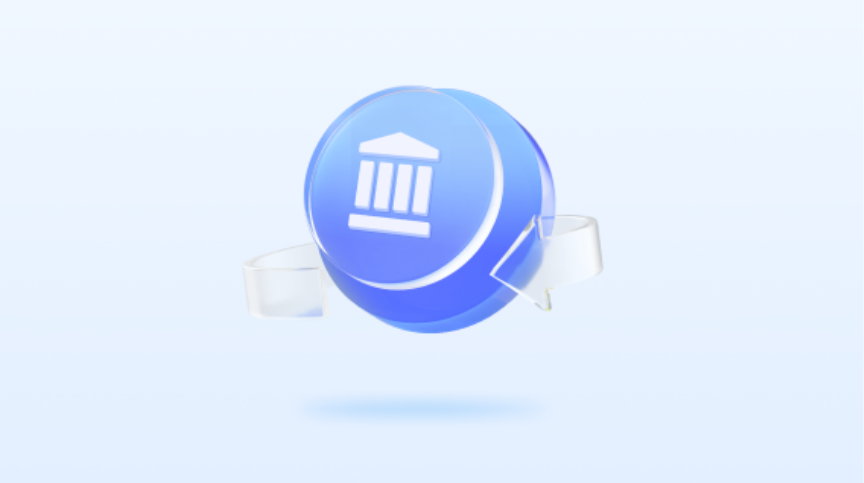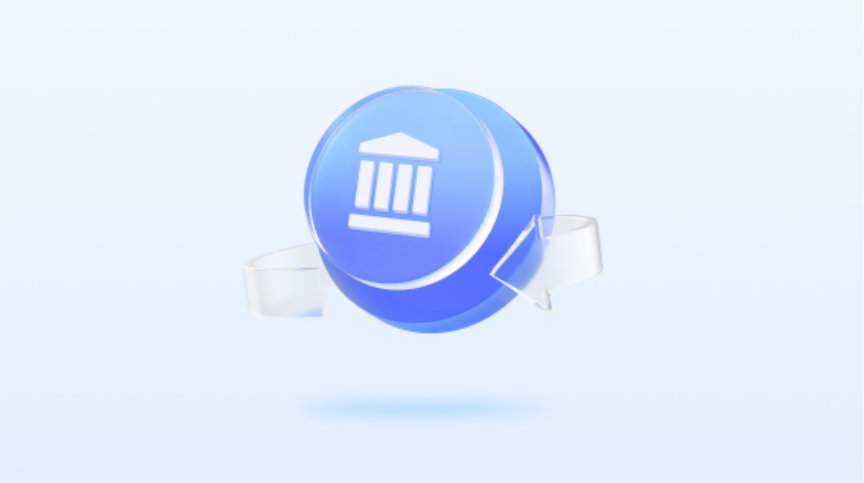Getting your Airbnb price right? That's the difference between a booked calendar and empty nights. So many hosts wrestle with this - charge too much, and guests look elsewhere. Charge too little, and you're leaving money on the table. Tweak your pricing the right way, and you will see more bookings and earn more. Let's break down real, practical ways to set smarter prices for your specific property.
Understanding Airbnb Pricing
To set an effective Airbnb pricing strategy, it’s important to understand the main factors that affect your pricing.
Key Factors Affecting Airbnb Pricing
- Time of Year Matters: Charge more when everyone wants to be there. Ski town? Winter = higher prices. Summer? Quieter months mean lower rates.
- What's Happening Nearby: Big local festivals, concerts, or sports games? That means more visitors. More visitors often means you can charge more. A huge conference in town? Adjust your Airbnb prices before it hits.
- See What Your Competitor Charge: Check out similar places near you. What are they asking? This gives you a reality check. But don't just copy them. Think hard: Is your place bigger? Nicer? Have a better view? That's why yours might be worth more (or sometimes less). Focus on what makes yours special.
Step 1: Choose Between Fixed and Dynamic Pricing
The first step is deciding whether to use Fixed Pricing or Dynamic Pricing. Let’s break these down with real-world examples:
Fixed Pricing
With fixed Airbnb pricing strategy, you set a price and stick to it. For example, if your property has a base rate of $150 per night, you’d charge that consistently unless you manually adjust it for specific periods.
Example:
A beach house in Florida may charge $150 per night during the low season and increase to $250 during peak spring break. The host manually changes the price for specific weeks based on demand.
When to use Fixed Pricing:
- If your location experiences stable demand year-round.
- When you’re comfortable with manual pricing adjustments.
- For properties with consistent occupancy patterns.
Dynamic Pricing
Dynamic Airbnb pricing strategy adjusts your rates automatically based on algorithms that factor in demand, competitor rates, and historical booking data. Platforms like PriceLabs help you automate this process.
Example:
Let’s say you’re renting out a one-bedroom apartment in New York. If you’re using dynamic pricing, your rates may start at $200 per night but could increase to $350 per night during a busy local event like the New York Marathon. If there’s less demand during the week, your price might drop to $180.
When to use Dynamic Pricing:
- If your property is in a competitive area with fluctuating demand.
- For hosts who want to save time adjusting prices manually.
- When you want to take advantage of peak demand automatically.
Step 2: Implement Discounts & Special Offers
Discounts and special offers can help you secure more bookings, especially during off-peak times. Here are a few types of discounts that have proven successful for many Airbnb hosts:
Early Bird Discounts
Encourage potential guests to book in advance by offering an early bird discount. For instance, a 10% discount for guests who book at least 30 days ahead can help you fill your calendar early, minimizing the risk of last-minute cancellations.
Example:
A host offering a beach house for $250 per night can offer a 10% discount if guests book 30 days ahead. The new price will be $225, which still ensures you’re making a healthy profit but is attractive to guests planning their trips early.
Last-Minute Deals
If you have availability in the days leading up to a guest’s stay, offer a last-minute discount to fill the gap. For example, if your property typically rents for $150 per night but is still vacant three days before check-in, offer a 15% discount to attract last-minute bookers.
Example:
For a weekend stay, you can drop the price to $127.50 per night to encourage quick bookings, while still making a profit on those short-notice reservations.
Weekly & Monthly Discounts
For longer stays, offering discounts can incentivize guests to stay for a week or more. Offering a 10-15% discount for weekly stays and a larger discount (e.g., 25%) for monthly stays can increase your occupancy rate for long-term guests.
Example:
If you normally charge $100 per night, offering $85 per night for a weekly booking will appeal to guests planning longer stays, while ensuring you still secure revenue for the entire week.
Step 3: Track Competitor Pricing and Adjust Accordingly
Staying aware of your competitors' pricing is essential to keep your rates competitive. Here’s how you can track and adjust your pricing:
Tools for Competitor Research
Use third-party tools to analyze your competitors’ pricing, occupancy, and performance. These tools give you insights into how other Airbnb listings in your area are pricing, their booking rates, and occupancy trends.
Example:
In a tourist area like San Diego, if competitors are charging $250 per night for similar properties, you may want to price your property similarly. However, if your property offers a better view or extra amenities, you could price it slightly higher to reflect that value.
Use Real-Time Adjustments
You can make manual adjustments or allow dynamic pricing tools to do this for you. For example, during a local festival, the demand may rise, and a competitor’s prices may jump to $400 per night. In such cases, you could adjust your rates to a similar level to ensure you don’t lose out.
Step 4: Analyze Data and Performance Regularly
Once you’ve set your Airbnb pricing strategy, it’s important to track its performance. Use the data available to you from Airbnb and other third-party tools to adjust your strategy over time.
Key Metrics to Monitor
- Occupancy Rate: A drop in occupancy could mean your price is too high, while consistently high occupancy might indicate your price is too low.
- Average Daily Rate (ADR): Track how much you’re making per night and compare this to your competitors. This helps identify if your pricing strategy is too aggressive or conservative.
- Revenue Per Available Room (RevPAR): This metric combines occupancy and average rate, giving you a complete picture of your performance.

Example:
If you’ve priced your apartment at $200 per night and your occupancy rate is 40%, you might want to adjust the price downward or offer a special promotion. On the other hand, if you’re booked solid at $200, it might be time to raise your rates.
🚫Common Mistakes to Avoid
Even experienced hosts slip up. Steer clear of these pitfalls:
Setting and Forgetting Prices: Demand changes fast—if a new event is announced, your rates should reflect it.
Ignoring Local Competitors: If similar listings drop their rates, guests will notice. Check 3–5 comparable Airbnb listings weekly.
Overcomplicating Fees: A high cleaning fee might scare guests off. Keep it reasonable and explain it clearly in your listing.
Conclusion
Adjusting Airbnb's pricing strategy requires constant exploration. You can improve occupancy and revenue by adjusting prices flexibly according to market changes, offering discounts when appropriate, understanding the prices of surrounding properties, and frequently reviewing your performance. You can try different pricing plans to see which works better and slowly find the most suitable price.
The market conditions in each region are different, and each property has its own characteristics. As long as you spend some time and energy to study, I believe you can find the pricing strategy that best suits your property.

Ready to boost your Airbnb bookings and revenue?
Need help managing your property pricing? Explore Smart Order PMS for advanced dynamic pricing tools that automate and optimize your pricing strategies to increase occupancy.




